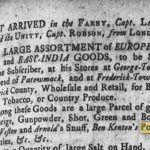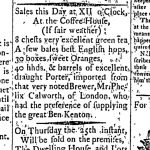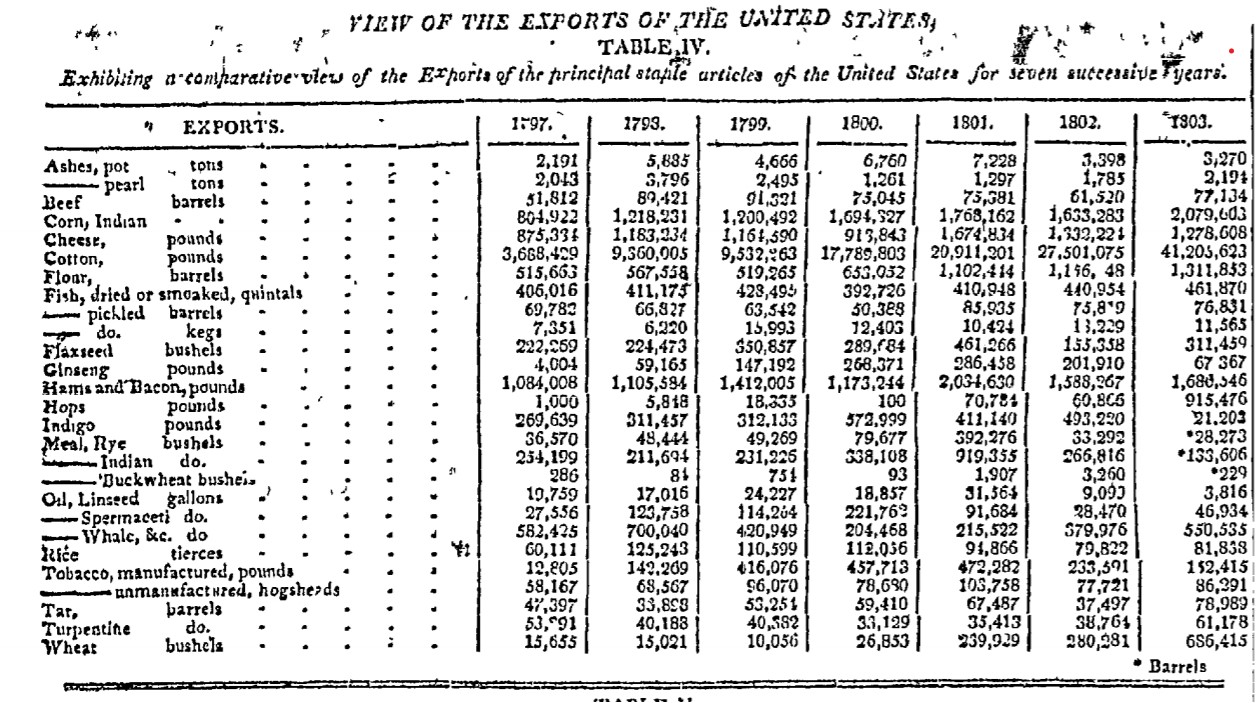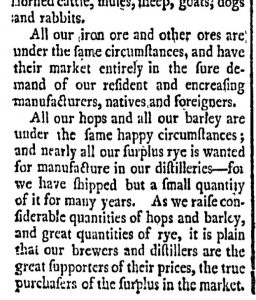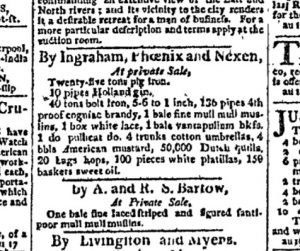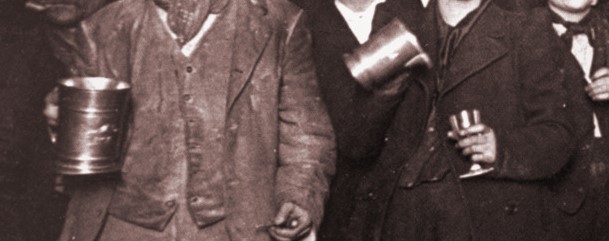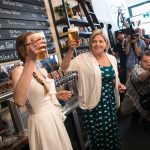Mother Wells. Her death was important enough to be noted in the New York Gazette of 28 May 1767. The story of her mot famous conviction and branding was recorded in 1873’s A History of Enfield in the County of Middlesex…* in this way:
Above a century ago a very mysterious affair happened in that part of Enfield known as the Wash, which caused great excitement in the country. The circumstances are here briefly stated: Elizabeth Canning, a servant girl, had been on a visit to her uncle, and on her return in the evening was attacked, in Moorfields, by two men, who robbed her, and gave her a blow which made her insensible; they aftenwards dragged her along the high road until they came to the house of one Mother Wells, at Enfield-wash, where, she said, one Mary Squires, an ugly old gypsy, confined her in a room after being shut up there twenty-eight days, and fed upon nothing but bread and water, she at length effected her escape. On arriving in London she told her tale to two gentlemen, with whom she had lived as servant ; she made a deposition before a magistrate…
Enfield is now a borough in northern end of Greater London within which there is a sections called Enfield Highway or Enfield Wash. Wikipedia tells us “Mother Well’s house was opposite the Sun and Woolpack public house, formerly the Sun and Punchbowl.” The Sun and Woolpack is still there. Canning’s walk home after escaping would have been ten miles long. The allegations became a popular scandal but apparently her evidence was not given consistently, charges flew back and forth and the “story which divided the country into two parties, called the Egyptians** and the Canningites.” Mobs gathered, outrages occurred and even the Lord Mayor had his windows broken. All of which is very interesting but I am actually more interested in the idea of Mother Wells and her house of infamy for both “highway gentlemen and highway ladies” – what or rather who were highway ladies?
Canning, initially the supposed victim, was herself tried for perjury due to the confusion of here evidence and the record of the case at the Old Bailey from 24th April 1754 gives a number of tidbits about the house of Susannah “Mother” Wells. According to testimony, it had:
– a main room or parlour on the street level
– a kitchen
– several smaller rooms upstairs with rough furniture and windows
– a hay-loft, work shop or long room with hay also on the upper level
– a shed or “penthouse” attached with a sloping roof
And the Hereford stage went past the rough house as she viewed it through gaps in the planks covering the window. The route to Herefordshire through Enfield is now the A1010.*** There are a few more details of the building in the records of the 21st February 1753 trial of Wells who, along with Mary Squires, were held jointly responsible for the detention and robbery. One of the witnesses is a lodger. The kitchen is described as to the right of the main door and it was below the room in which she was held. Canning herself stated: “there was another room in which I heard a noise at nights…” The door to the room she was detained in had a quarter inch crack you could look through. There were only four or five steps upstairs and the second story window was only eight to ten feet off the ground. So, it is a tumbledown low sitting public or common rooming house.
For their efforts, Squires was sentenced to death while Mother Wells was branded and imprisoned Newgate for six months. The tale, however, turns and Canning is herself charged for making up much of the story. Her evidence of the layout of the highway-person’s and itinerant lodger den of infamy never seems to be quite accepted even though it is described by a number of folk in the evidence before court. It appears to be a sort of informal boarding house if you were of the sort of public that likely would not get much welcome at the Sun and Punchbowl across the road.
The magistrate taking the evidence in the first instance and gets it wrong? Novelist Henry Fielding. The Mayor who takes up the case of unattractive falsely accused highway-folk? Noted “humanitarian and freeman of the Brewers’ Company named Sir Crisp Gascoyne (1700-61).” [I knew this would get back to beer sooner or later.] Gascoyne held a lengthy inquiry into what would normally be an unnoticed matter, one which included 119 witnesses and gained attention of the relatively young press. An airtight alibi was established for Squires and the now branded Wells – and the final outcome proved to be a milestone on the path towards consideration of the merit of the case over the status of the parties.
So, was this the mid-1700s version of a speakeasy? A den of thieves? Or just a poor person’s boarding house. I don’t know. It’s clear that the owner’s notoriety continued for sometime as not only was her death and the parade of pallbearers to every pub in Enfield reported in 1767 but the story was repeated in newspapers in the 1820s and again in the 1850s. A tale of justice being served for the lowly. Those beers at every pub along the route for the pallbearers? One last “up yours” from the little-loved, falsely branded hard case in the casket? Probably.
*A history of Enfield in the County of Middlesex; including its royal and ancient manors, the chase, and the Duchy of Lancaster, with notices of its worthies, and its natural history, etc.; also an account of the church and charities, and a history of the New River; the church history by George H. Hodson, and the general history by Edward Ford…
**I wrote a paper of the English law as it related to the Romani while I was in law school. “Gypsy” is short for Egyptian. Apparently the Romani people arrived in England in Tudor ties ad were assumed to be from Egypt. They were subject to many specific discriminatory restrictions until the reform laws of the mid-1800s.
***The same route was the setting for the comic poem from 1782 by William Cowper, “The Diverting History of John Gilpin Shewing how he went Farther than he intended, and came safe Home again” meaning Canning was held in a dwelling along a main route.












